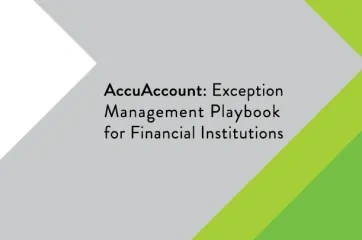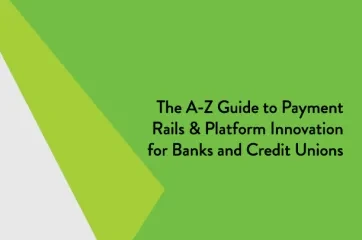A loan origination system (“LOS”) is technology that helps financial institutions generate loan documentation in a way that complies with regulatory and internal requirements. Banks and credit unions usually install loan origination software on their local servers or access it through a cloud-based platform.
Each day, banks and credit unions of all sizes across the United States utilize loan origination software to reduce risk and streamline lending.
Potential Benefits of a Loan Origination System
Before loan origination systems became common in banking, loan departments typically relied on legal form templates to manually generate promissory notes, deeds of trusts, and other documents for customers or members. This approach was time-consuming and prone to errors, especially for banks and credit unions that have many account holders, branches, and loans.
Loan origination systems help banks and credit unions overcome the challenges of manual document creation, delivering numerous potential benefits to the institution:
- Compliance: Reduced risk of compliance issues caused by missing or errant information in documents.
- Productivity: Increased efficiency through a streamlined approach to document generation.
- Collectability: Preventing oversights in documents helps banks and credit unions ensure collectability during foreclosures.
How Banks and Credit Unions Use Loan Origination Systems
Some banks and credit unions use their LOS primarily for document preparation, while others use it from application through closing. Prior to use, however, financial institutions should ensure the LOS is configured to their specific needs. For example, a bank or credit union may determine that certain default clauses need to be adjusted prior to use. Consulting with the institution’s legal counsel is an important step to ensure proper LOS setup.
Once configured, general use of an LOS follows this basic workflow:
- A banker inputs specific pieces of information into the LOS that pertains to the customer/member, loan, and/or account.
- The LOS generates the document(s) that are appropriate for that specific situation.
- If a document requires a signature, the banker either prints it for wet signature or prepares it for eSignature.
Managing Documents Generated by Your LOS
Generating documents through an LOS is not the end of the story. Documents must be retained in accordance with the bank or credit union’s retention policy and other regulatory requirements. Some financial institutions choose to store most or all their documents in hard copy format, which can consume large amounts of physical space. Other banks and credit unions integrate their LOS to an electronic document management system, such as AccuAccount, which can yield additional efficiencies. Read more about extracting documents from your LOS in this playbook.
Learn More: Booked the Loan—Now What?
Continue Reading about Document Management
Download helpful eBooks and spreadsheet templates on our resource page. To read more banking terminology, visit our definitions page.







